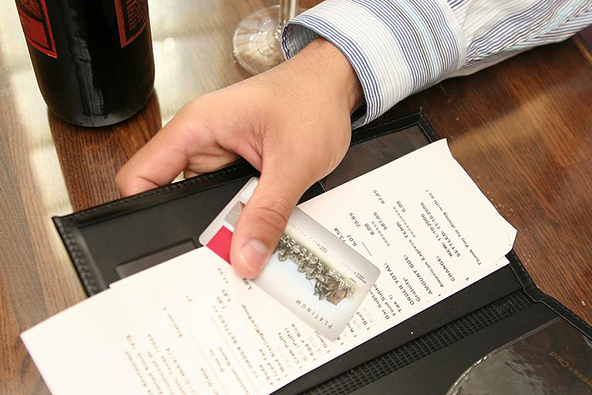10 Must-Follow Procedures for Accepting Credit Cards in E-Commerce Transactions

Accepting credit cards on your website has never been easier. The e-commerce has been around for more than a decade and has produced plenty of tools to help you process transactions quickly and securely.
Yet, even the most sophisticated fraud prevention and chargeback management software cannot protect you from poorly designed or inconsistently implemented transaction processing procedures. It is your responsibility to ensure that credit cards are accepted in accordance with industry rules and best practices and no one else’s.
So I decided to compile a short list of 10 must-follow credit card acceptance procedures that each payment submitted on your website must go through, before being settled.
1. Check the cardholder information. Ask for the full name, address, phone number and email address. If the billing address differs from the shipping address, follow-up with a phone call or email to confirm the order. If you can’t reach your customer or receive no response, you shouldn’t proceed with the transaction.
2. Verify the card information. You must collect the account number, expiration date and card security code. Submit the security code with your transaction authorization and evaluate the response. Do not settle transactions for which you received a negative response to your security code inquiry.
3. Use MasterCard SecureCode and Verified by Visa You must support these card authentication services and encourage customers to sign up for them from your website, if they haven’t already done so. MasterCard SecureCode and Verified by Visa protect e-commerce merchants from “cardholder unauthorized” or “cardholder not recognized” types of chargebacks.
4. Authorize every transaction. Every e-commerce transaction must be authorized. There are no exceptions, even for recurring and installment payments, where you had already verified the information.
5. Don’t use voice authorizations. If you cannot obtain an electronic authorization, try later. Avoid using voice authorizations, as they bypass your processor’s system and cannot be used in chargeback re-presentments.
6. Don’t force authorizations. If your electronic authorization request was declined, accept it and request an alternative payment method. Don’t call your processor for a voice authorization and force the transaction in your next batch. The processor can still decline the payment, not to mention that you won’t be protected from chargebacks.
7. Use the Address Verification Service (AVS). Request an Address Verification Service (AVS) confirmation for all of your transactions. AVS compares the billing address provided by your customer to the one on file with the card issuer. Don’t process the transaction if there is a mismatch.
8. Ship no later than 7 days after obtaining an authorization approval. Ship purchased items as soon as possible. If seven days have passed since obtaining authorization, request a new one, before shipping.
9. Deposit within 3 days of shipping. Do not deposit transactions before shipping the item or more than three days after that. Remember that in card-not-present transactions the shipping date is the transaction date. Don’t deposit transactions later than 30 days after the shipping date. If such a transaction is charged back to you, you would have no recourse.
10. Use the authorization ID for transaction deposits and refunds. The transaction ID returned to you with the authorization approval should be used with your refunds and deposits. By doing so, you will be able to easily identify fraudulent refund requests, which would lack authorization IDs.
It is a very short list, but if you implement these ten procedures in each of your transactions, you will significantly minimize both fraud and chargebacks. Do you have an 11th procedure? If so, share it in the comments below.
Image credit: Pioneerpayments.com.


